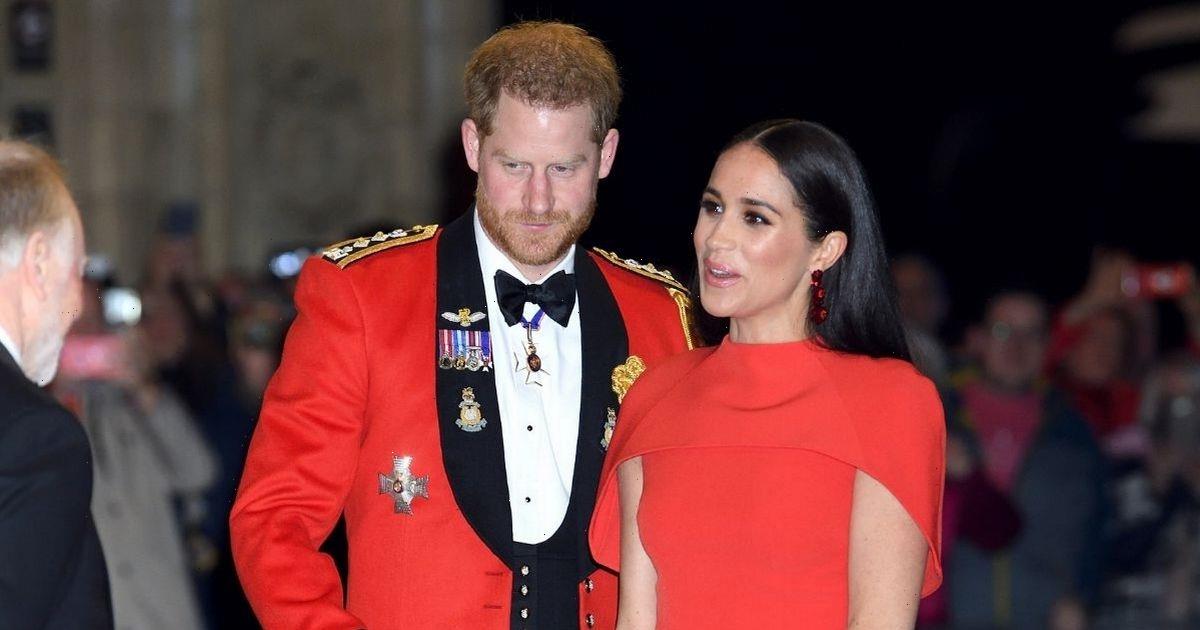NASA: Two-year timelapse of X-59 aircraft assembly
We use your sign-up to provide content in ways you’ve consented to and to improve our understanding of you. This may include adverts from us and 3rd parties based on our understanding. You can unsubscribe at any time. More info
The space agency has shared an incredible timelapse of the X-59 supersonic jet rapidly taking shape. Dubbed the “son of Concorde”, the newest member of NASA’s family of experimental X-Planes is expected to fly for the first time next year. Officially branded the X-59 Quiet SuperSonic Technology or QueSST, the aircraft is being put together by contractor Lockheed Martin Skunk Works in Palmdale, California.
The supersonic jet has been designed to reach breakneck speeds of Mach 1.4 of 925mph – 1.4 times the speed of sound.
For comparison, the famous Concorde hit speeds of Mach 2.04 or 1,354mph.
But the X-59 has the upper hand in this race because its cutting-edge design is designed to emit a sonic boom no louder than a car door closing.
And that is a key factor that will allow the X-59 to cruise over the continental US next year.


Lockheed Martin said: “This breakthrough would open the door to an entirely new global market for aircraft manufacturers, enabling passengers to travel anywhere in the world in half the time it takes today.”
Sonic booms are thunder-like bangs caused by an aircraft breaking the sound barrier.
The startling sounds are often heard when fighter jets are scrambled to intercept suspicious aircraft over cities.
One such incident rattled windows in the southeast of the UK earlier this year when two RAF jets launched from RAF Coningsby, Lincolnshire.
So the Concorde may have been the faster aircraft, but its frightening sonic booms prevented it from flying over populated areas.
Hertfordshire: 'Sonic boom' captured on surveillance camera
In the 57-second timelapse shared by NASA, you can see the X-59 take shape.
Construction begins with teams of workers buzzing around like bees around the X-59’s skeleton.
The workers assemble the jet’s main sections including the wings, tail assembly, the forward section with cockpit and fuselage.
Towards the end of the clip, the heap of metal bars resembles something capable of flight.
Jay Brandon, NASA’s chief engineer for the Low Boom Flight Demonstrator (LBFD) project, said: “We’ve now transitioned from being a bunch of separate parts sitting around on different parts of the production floor to an aeroplane.”
NASA awarded Lockheed Martin more than £177million ($247.5million) to assemble the aircraft, after announcing the project in 2018.
The timelapse clip covers a period of construction from May 2019 to June 2021.


What causes a sonic boom?
Sonic booms occur when an aircraft breaks the speed of sound, due to the way air moves around a fast-moving object.
Supersonic jets displace the air in front of them much like a boat displaces water in a lake.
The bigger a jet is, the more air it will displace, creating a shockwave that reverberates behind the aircraft.
According to NASA, the shockwave creates a “cone” of pressurised air molecules.
The pressurised air moves outward and rearward in all directions, extending down to the ground.
NASA explained: “As this cone spreads across the landscape along the flight path, it creates a continuous sonic boom along the full width of the cone’s base.
“The sharp release of pressure, after the buildup by the shock wave, is heard as the sonic boom.”
The space agency compared the change in pressure to the amount of air displaced by a lift moving up or down three floors.
However, an aircraft displaces the air much more rapidly and that causes the sonic boom to go off so loudly.
The X-59 will eliminate this problem by creating sonic booms of about 75 PLdB – about as loud as a car door closing.
Lockheed Martin said: “The X-plane accomplishes this by tailoring the volume and lift distribution to separate the shocks and expansions associated with supersonic flight.
“The resulting supersonic ‘heartbeat’ is dramatically quieter than the disruptive N-wave boom generated by today’s supersonic aircraft.”
Source: Read Full Article


